The Importance of Light and Shadow in Realism
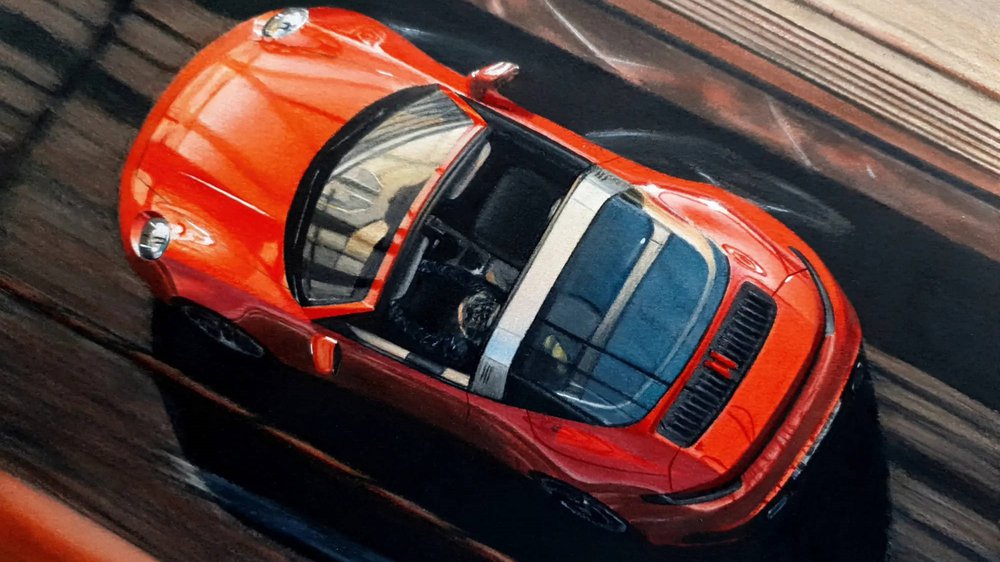
Have you ever wondered why a sketch or a drawing can look like a real object or person, even though it's just on a flat piece of paper?
The answer to that is the clever use of light and shadows.
They're like the secret ingredients in an artist's recipe, making drawings come to life!
So why are Light and Shadows such a Big Deal in Drawing?
When used correctly, light and shadow can make a flat drawing look like it has depth and volume, almost as if you could reach out and touch it. They can also help set the mood of the picture and guide the viewer's eyes around the drawing, just like how a movie director uses camera angles to tell a story. Without light and shadows, drawings could end up looking flat and not very real at all.
Now that we know how important light and shadows are in drawing, let's dive into what light is and how it affects what we see.
The Nature of Light and Its Impact on Perception
Light is what allows us to see everything around us. It's like the energy that our eyes can see. It moves in straight lines and when it hits an object, it can get absorbed (soaked up), reflected (bounced off), or refracted (bent), and that's how we see the color and shape of things.
Imagine when you shine a flashlight at a ball. The light doesn't hit the whole ball evenly. Some parts of the ball get more light and some parts get less. This creates areas of light and dark, like when the Earth has day and night because of the Sun. The parts of the ball closer to the flashlight look brighter and the parts farther away look darker. This difference in light and dark helps our brain understand the shape of the ball and that it's not flat.
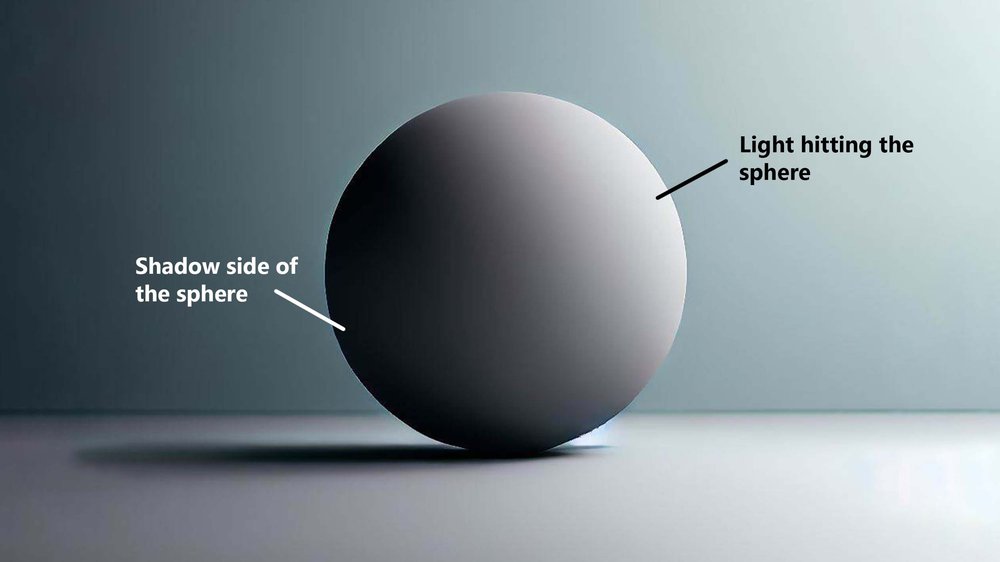
Understanding light and shadow can seem like a tough job, but it's really about knowing how light works, what happens when it hits different things, and how our eyes and brain work together to make sense of it all.
The Role of Light in Realistic Drawing
Just like chefs use different types of ingredients for different dishes, artists use different types of lighting to create different effects in their drawings. There's direct lighting like when you shine a flashlight directly on something. There's indirect lighting which is light that bounces off other things. And there's diffused lighting, which is like on a cloudy day when the light seems to come from everywhere.
The direction of light is also super important. Imagine shining a flashlight on a ball from different sides. Depending on where the light is coming from, different parts of the ball will be in the light or in the shadow, and this can change how the ball looks.
Using light properly can help artists make a flat drawing look like it has depth. For instance, they can make a circle look like a sphere just by adding shadows and highlights in the right places.
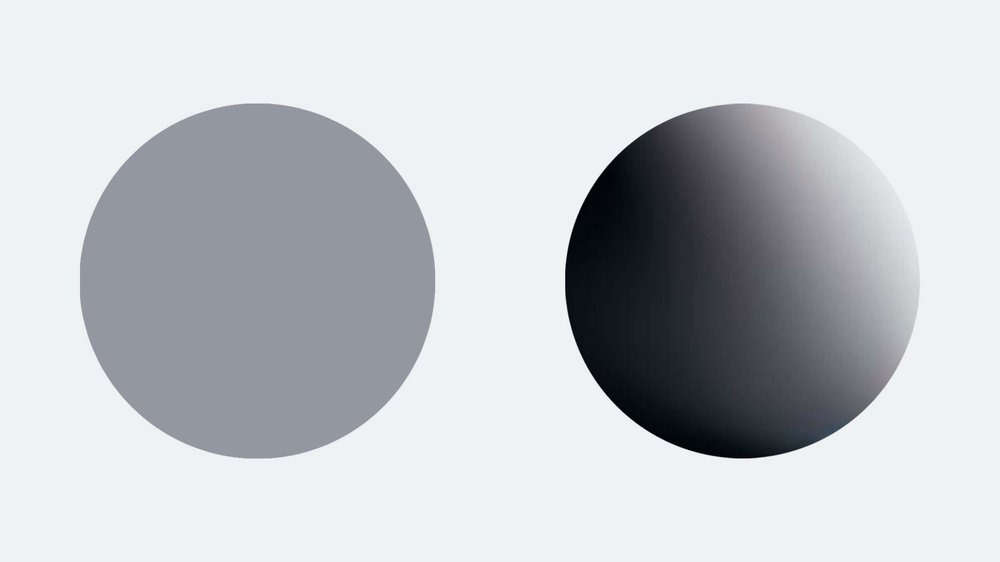
Different Types of Shadows and Their Effects
Now let's talk about shadows. They're not just dark areas in a drawing, they can also help show the shape and position of things. There are different types of shadows like cast shadows (the shadow an object makes on something else) and form shadows (the darker side of an object away from the light).

Shadows are like clues that help our eyes understand the form of objects and where they are in space. For example, if you see the shadow of a tree, you can guess that the tree is nearby, even if you can't see the tree itself.
Drawing shadows isn't just about making some parts of your drawing darker. You also need to think about how the light is hitting the objects and where the shadow should be. Shadows also tend to be a more cool toned version of the parts they are covering*.
Contrast is the Key to Visual Interest and Realism
Have you ever noticed that some things in a drawing just seem to "pop out" more than others?
That's often because of something called contrast. In art, contrast is the difference between light and dark areas. The bigger the difference, the more contrast there is.
Contrast is super important in drawing because it makes things look more real. It can also help guide the viewer's eye around the drawing. For example, an artist might use a lot of contrast to draw attention to a certain part of the picture.
There are different ways to create contrast in a drawing, like using different shades of a color or putting a light object next to a dark one. Using contrast wisely can really make your drawings stand out.
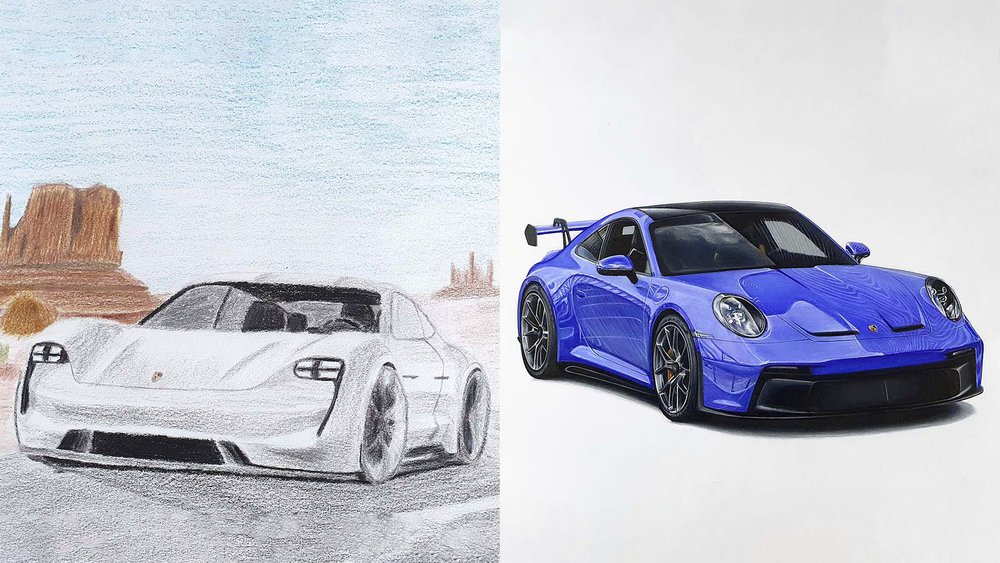
Balancing Light, Shadow, and Contrast for a Realistic Outcome
When creating a drawing, it's important to balance the use of light, shadow, and contrast. It's like being a tightrope walker; leaning too much on one side might cause the drawing to look off. An artist has to use these three elements in the right proportions to make the drawing look real and interesting.
Ever looked at famous paintings and wondered why they look so good? It's often because of the way the artist has balanced light, shadow, and contrast. They know where to put the brightest lights and the darkest shadows to make the artwork come alive.
To improve your drawings, observe how light, shadow, and contrast work in the world around you and try to use what you learn in your art.
The Role of Color and Value in Light and Shadow
Color and value (how light or dark a color is) play big roles in showing light and shadow.
Imagine a shiny red apple under the sun. The part of the apple facing the sun might look bright red (high value), while the part facing away might look more like dark red or even brown (low value). That's how artists use color value to show light and shadow.
Color temperature also influences how we see light and shadow. Have you noticed how the light from the sun looks warm and yellow during sunrise or sunset, but cool and blue in the middle of the day? Artists often use warm colors for the lit parts of an object and cool colors for the shadows to enhance the effect of light and shadow.
Study Other Artists
Looking at famous artworks can be a great way to understand how to use light, shadow, and contrast. Artists like Rembrandt and Caravaggio were masters at using these elements.
By studying their artworks, we can learn a lot about how they used light to draw attention, shadows to create depth, and contrast to make certain parts of the picture stand out.
In the next part, we'll share some practical tips and exercises to help you get better at using light, shadow, and contrast in your drawings.
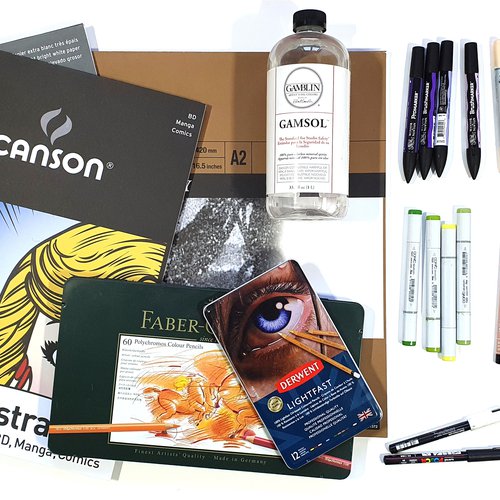

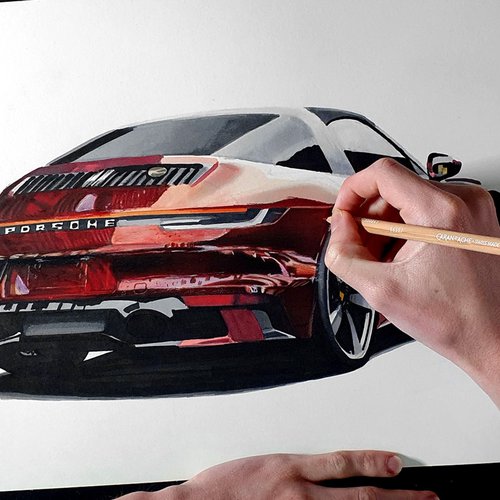
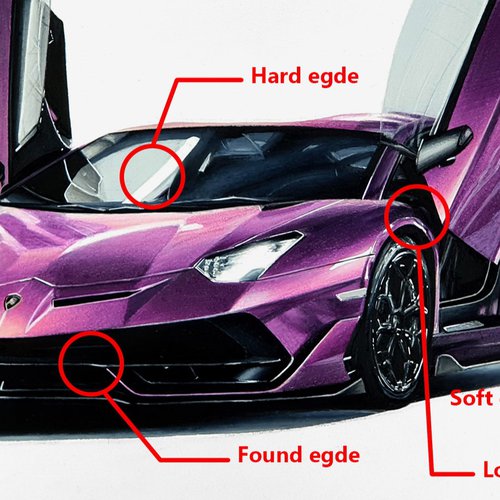
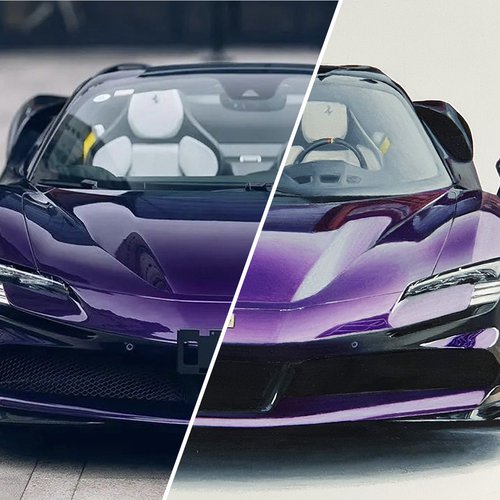
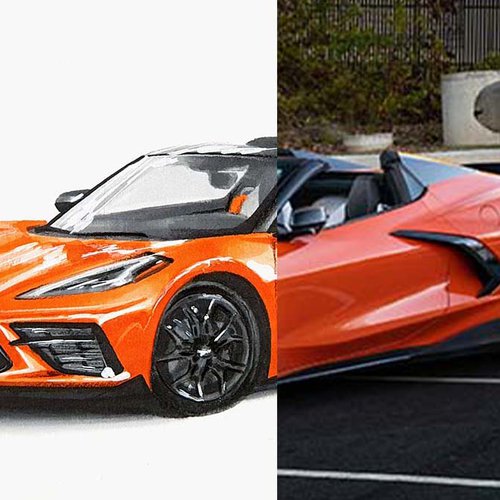
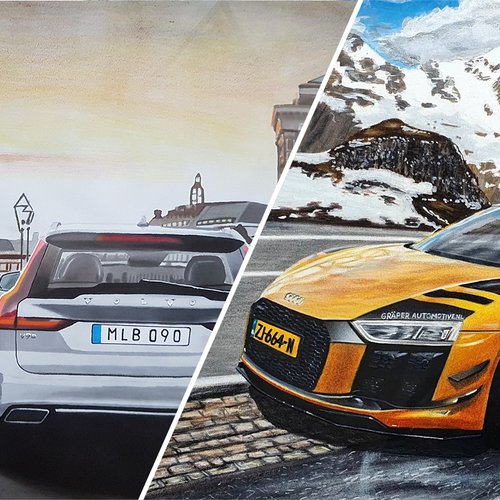
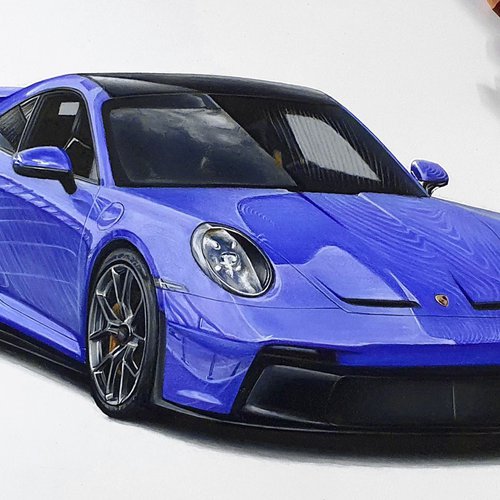
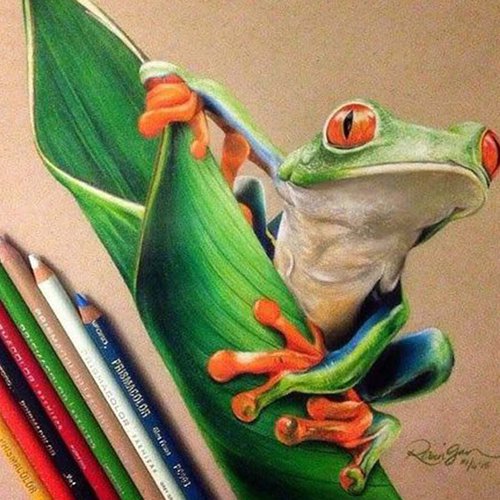
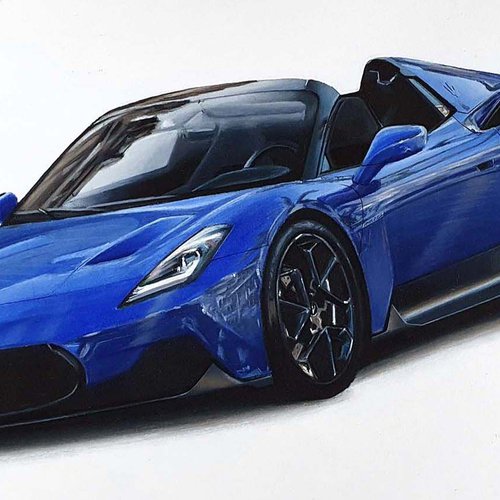




Be the first to comment!
Comments
There are no comments yet.